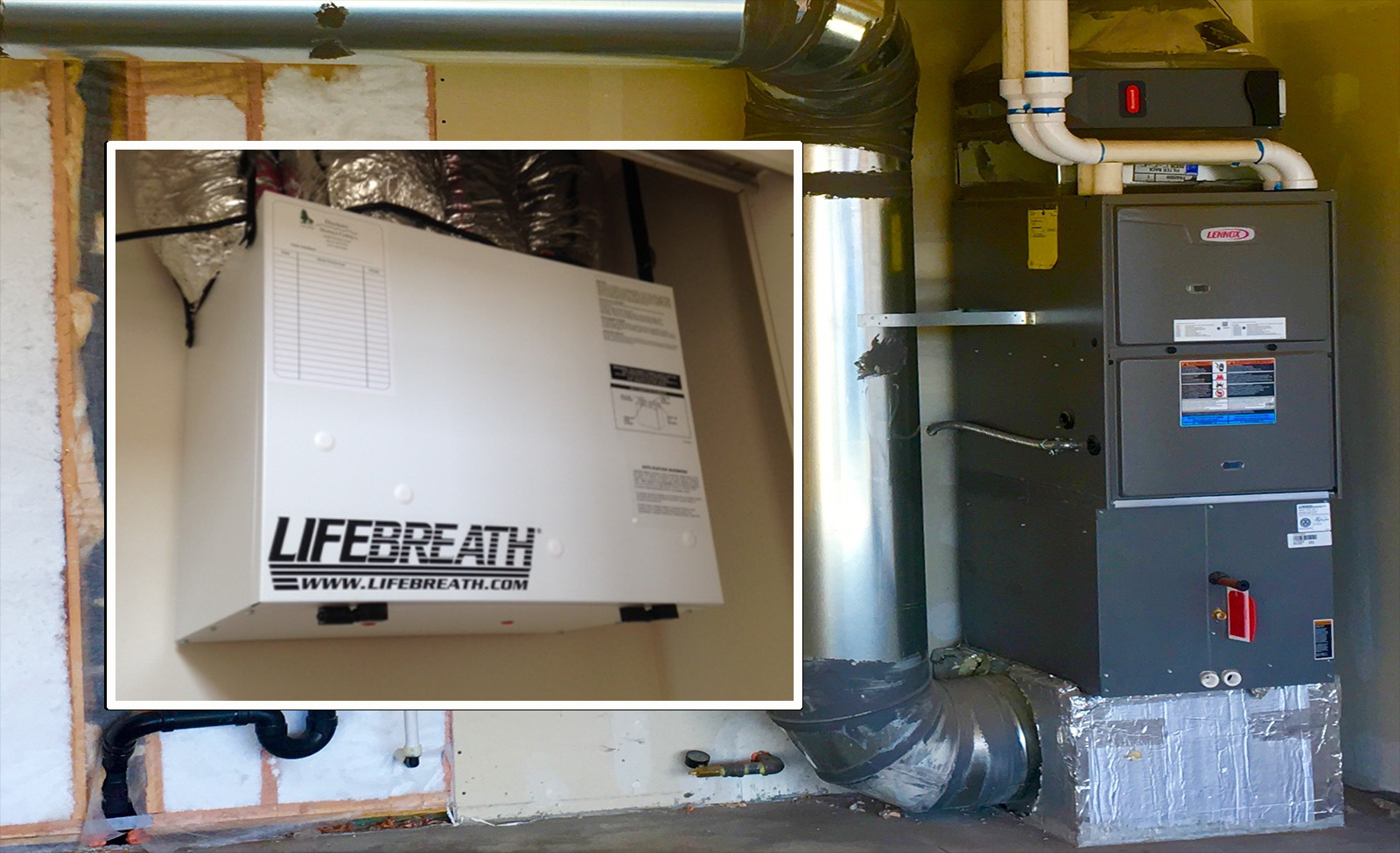How HRV Balances Indoor Moisture Levels
Wiki Article
The All-Inclusive Guide to the Uses of Heat Recovery Ventilation in Modern Buildings
Heat Recovery Ventilation (HRV) systems represent a significant development in constructing technology (HRV Heat Recovery Ventilation). They provide a technique for exchanging stagnant interior air with fresh outside air while minimizing power loss. This approach not just improves interior air top quality however also contributes to power effectiveness in both domestic and business structures. Recognizing the numerous applications and benefits of HRV can reveal its vital duty in modern-day layout and sustainability initiatives. The ramifications of this technology are worth checking out additionallyRecognizing Heat Recovery Ventilation Equipments

Lots of modern-day structures focus on power performance, recognizing warmth recovery ventilation (HRV) systems is important for enhancing indoor air high quality and reducing energy intake. HRV systems work by transferring warm from stagnant interior air to inbound fresh air, successfully keeping comfortable indoor temperatures while reducing energy loss. These systems are composed of a warmth exchanger, fans, and ductwork that promote the flow of air. During winter, HRV units catch and reuse warm from the outward bound air, while in summer, they can assist cool down inbound air. By continuously trading air, HRV systems additionally lower humidity and the focus of indoor toxins. Proper setup and upkeep of HRV systems are necessary for their performance and performance in boosting general structure efficiency and convenience.
Benefits of Heat Recovery Ventilation
Heat recovery ventilation systems supply numerous advantages that enhance both energy performance and indoor air top quality in contemporary buildings. By recording and reusing power from exhaust air, these systems greatly minimize cooling and heating costs, resulting in lower energy consumption. They preserve a stable flow of fresh outdoor air, minimizing the threat of indoor air toxins and allergens. This continual exchange assists regulate humidity degrees, protecting against mold and mildew growth and guaranteeing a healthier living atmosphere. Furthermore, HRV systems add to sustainability objectives by reducing overall carbon footprints. Their capability to optimize air flow without sacrificing thermal convenience makes them an important addition to contemporary building layout, advertising both financial and eco-friendly advantages.Applications of HRV in Residential Structures
As homeowners progressively focus on energy effectiveness and interior air top quality, the applications of heat recovery air flow (HRV) systems in residential structures have ended up being extra prevalent. HRV systems are particularly beneficial in snugly secured homes, where keeping fresh air blood circulation is vital for protecting against wetness build-up and interior pollutants. They properly transfer heat from outbound stale air to incoming fresh learn the facts here now air, decreasing energy expenses related to cooling and heating. In addition, HRVs can improve comfort levels by controling humidity and temperature level. They are likewise versatile for numerous domestic styles, including single-family homes and multi-unit structures. Generally, integrating HRV systems supports sustainable living methods while ensuring a much healthier interior environment for passengers.HRV in Business and Commercial Setups
In commercial and industrial settings, the execution of warmth recuperation air flow (HRV) systems has come to be progressively important for enhancing power efficiency and preserving air high quality. These systems efficiently transfer warm from exhaust air to incoming fresh air, lowering the requirement for extra heating or cooling. This not only reduces energy expenses but additionally adds to sustainability efforts. Industries such as manufacturing, warehousing, and workplace structures benefit considerably from HRV systems, as they assist manage temperature and humidity levels, ensuring a comfortable and efficient environment. Moreover, HRV systems aid in removing contaminants and excess dampness, enhancing indoor air high quality. As guidelines around air quality come to be go to the website more stringent, the fostering of HRV modern technology is likely to grow, making it a vital component of modern industrial and industrial facilities.Future Trends in Heat Recovery Ventilation Innovation

Frequently Asked Inquiries
Just How Does Heat Recovery Ventilation Influence Indoor Air Quality?
Heat recovery ventilation considerably boosts indoor air top quality by continually exchanging stagnant indoor air with fresh exterior air while recuperating power. This process decreases pollutants, preserves perfect humidity degrees, and assures a much healthier environment for passengers.Can HRV Systems Be Set Up in Existing Buildings?
HRV systems can certainly be mounted in existing structures. Retrofitting may call for modifications to ductwork and ventilation formats, yet it substantially enhances power efficiency and interior air high quality, making it a sensible option for older structures.What Maintenance Is Needed for HRV Equipments?

Exist Details Climates Where HRV Is More Efficient?
Heat recovery ventilation systems are especially efficient in environments with considerable temperature distinctions between seasons. These systems enhance energy effectiveness by recovering warm from exhaust air, making them excellent for both cold and reasonably cozy atmospheres.Just How Do HRV Equipments Affect Power Bills?

Report this wiki page